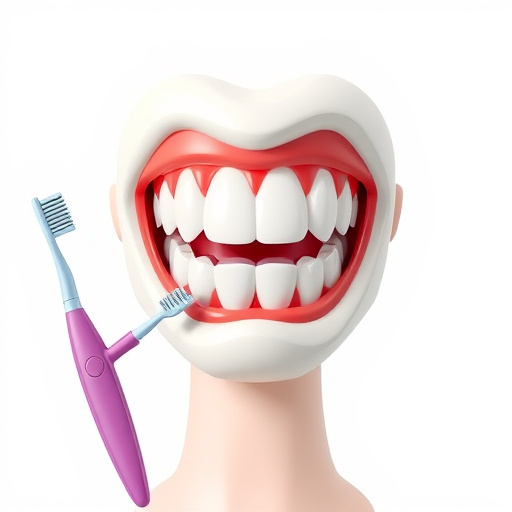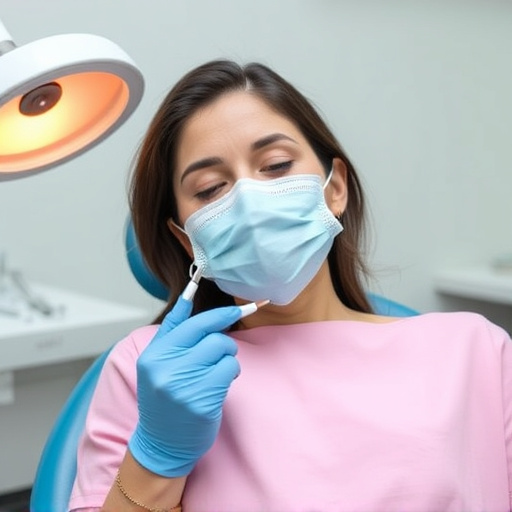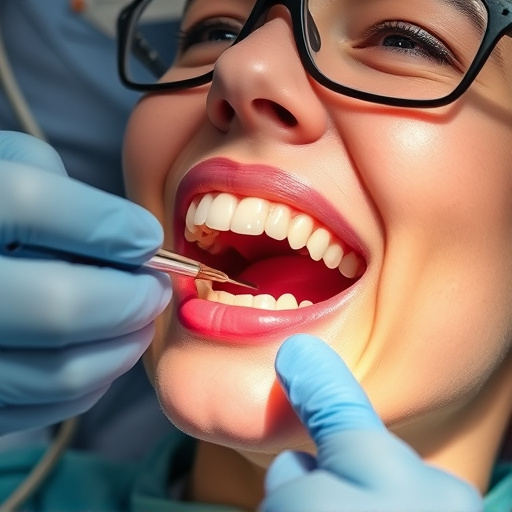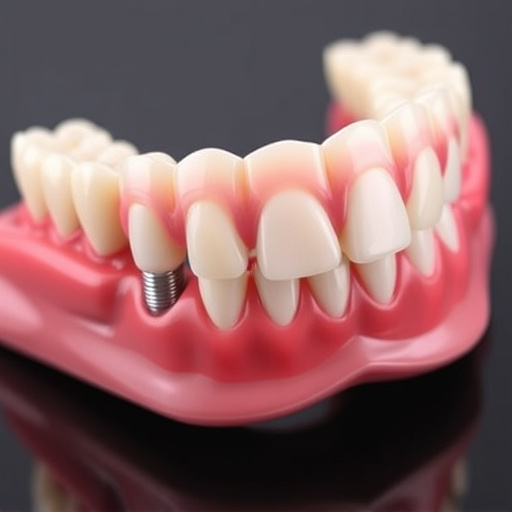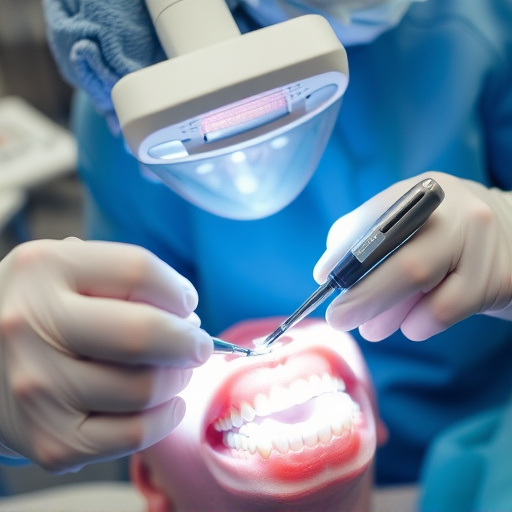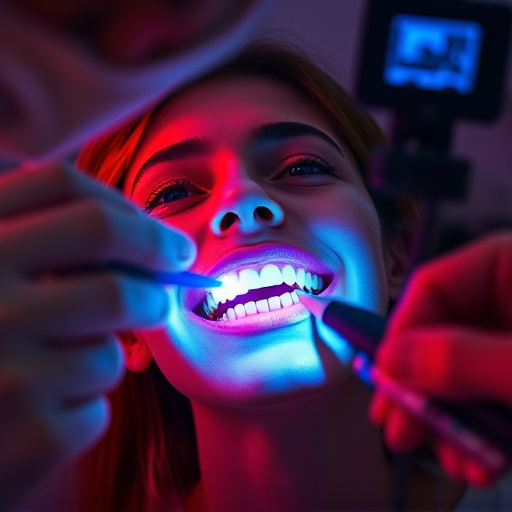After a full mouth restoration, follow your dentist's soft food diet guidelines for optimal healing. This includes easy-to-chew and swallow options like yogurt, mashed potatoes, soups, smoothies, and purees, avoiding hard, crunchy, or sticky foods. Regular dental cleanings and gradual introduction of solid foods are crucial for successful recovery.
After a full mouth restoration procedure, proper nutrition is essential for healing. This comprehensive guide will walk you through the dietary considerations post-surgery, helping you navigate your journey towards recovery. Understanding what to eat and when is crucial for a successful outcome. We’ll explore soft foods, nutritional tips, and a strategic plan to reintroduce solid meals, ensuring a smooth transition back to a balanced diet after your full mouth restoration.
- Understanding Your Post-Procedure Diet
- Soft Foods and Nutritional Considerations
- When to Introduce Solid Foods
Understanding Your Post-Procedure Diet
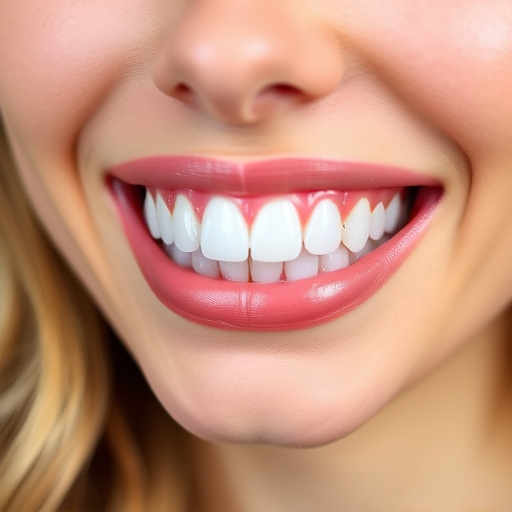
After a full mouth restoration procedure, understanding your post-procedure diet is crucial for optimal healing. Your dentist will provide specific guidelines tailored to the treatments you’ve undergone, which might include dental fillings, tooth repairs, or cosmetic fillings. It’s essential to follow these instructions closely as it facilitates the body’s natural healing process and ensures the longevity of your new oral work.
The diet recommended after a full mouth restoration typically emphasizes soft, cool, or warm foods that are easy to chew and swallow without putting excessive pressure on the treated areas. This could include items like yogurt, mashed potatoes, soups, smoothies, and purees. Avoiding hard, crunchy, or sticky foods is key to preventing discomfort and potential damage to the recently restored teeth or gums. Remember, your body needs time and the right nutrients to heal, so adhering to these dietary guidelines is a vital part of the recovery process.
Soft Foods and Nutritional Considerations
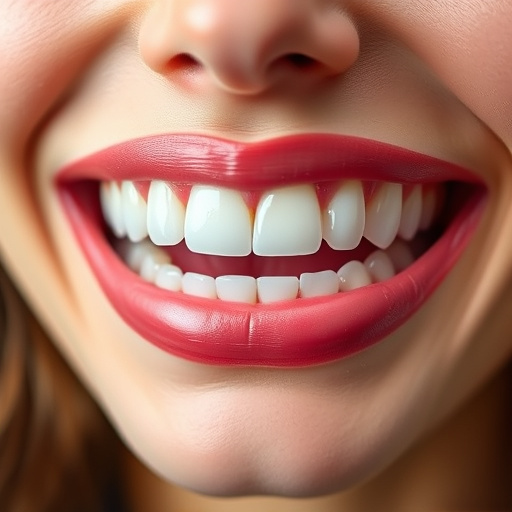
After a full mouth restoration procedure, your dentist will recommend a soft food diet to ensure proper healing and comfort. This phase is crucial for allowing your gums and teeth to recover, especially if you’ve undergone dental implants or dental bonding. Soft foods include items like mashed potatoes, yogurt, pureed fruits, and soups—all easy to chew and digest without putting excessive strain on your restored mouth.
Nutritional considerations come into play during this period, as the body needs specific vitamins and minerals for optimal healing. Calcium-rich foods are essential for maintaining strong bones and teeth, while vitamin C supports gum health. Soft foods can also be packed with protein and good fats to provide energy and support overall health, even if your chewing capabilities are temporarily limited. Regular dental cleanings during this time will help maintain oral hygiene and prevent any complications that could affect the success of your full mouth restoration.
When to Introduce Solid Foods
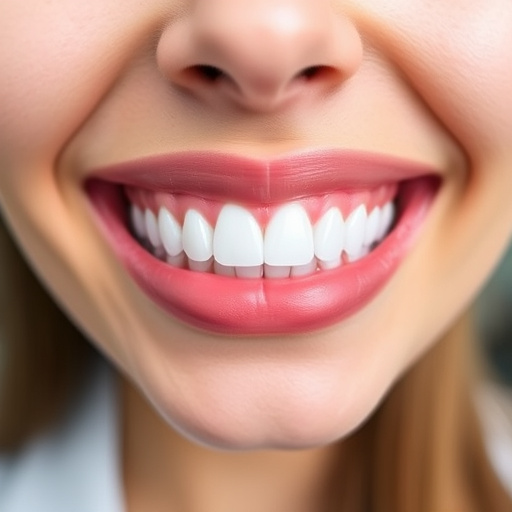
After a full mouth restoration procedure, the initial stages of recovery involve introducing solid foods gradually. It’s essential to start with soft and cool foods to avoid irritating the treated areas. This careful approach allows your gums and teeth to heal comfortably while ensuring you maintain proper nutrition. Begin with items like purees, yogurt, mashed potatoes, and smoothies—all easy to consume and rich in nutrients.
As healing progresses, you can gradually incorporate slightly firmer foods, such as cooked vegetables, soft-boiled eggs, and well-cooked pasta. It’s crucial to continue with routine oral exams during this period to monitor your recovery and ensure no complications arise. General dentistry professionals can offer guidance on food choices and help tailor a post-procedure diet to support optimal healing for your tooth repair.
After a full mouth restoration procedure, proper dietary choices are essential for healing. By adhering to soft foods and nutritional considerations, you support your body’s recovery process. Timing the introduction of solid foods appropriately ensures a smooth transition back to your regular diet. Remember, a balanced approach during this period is key to optimal post-procedure health and successful long-term results from your full mouth restoration.






